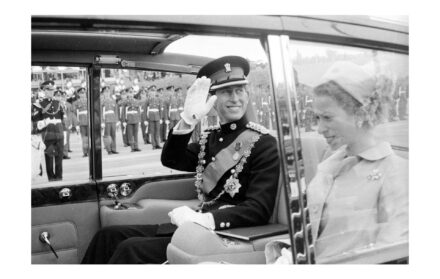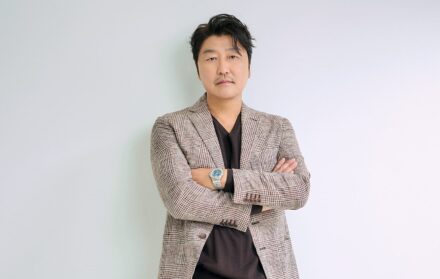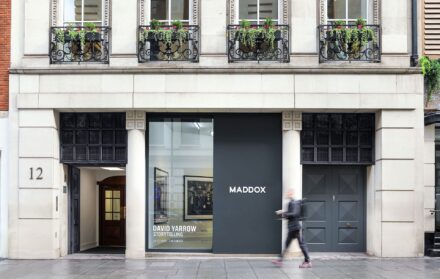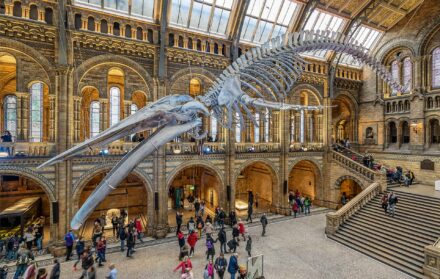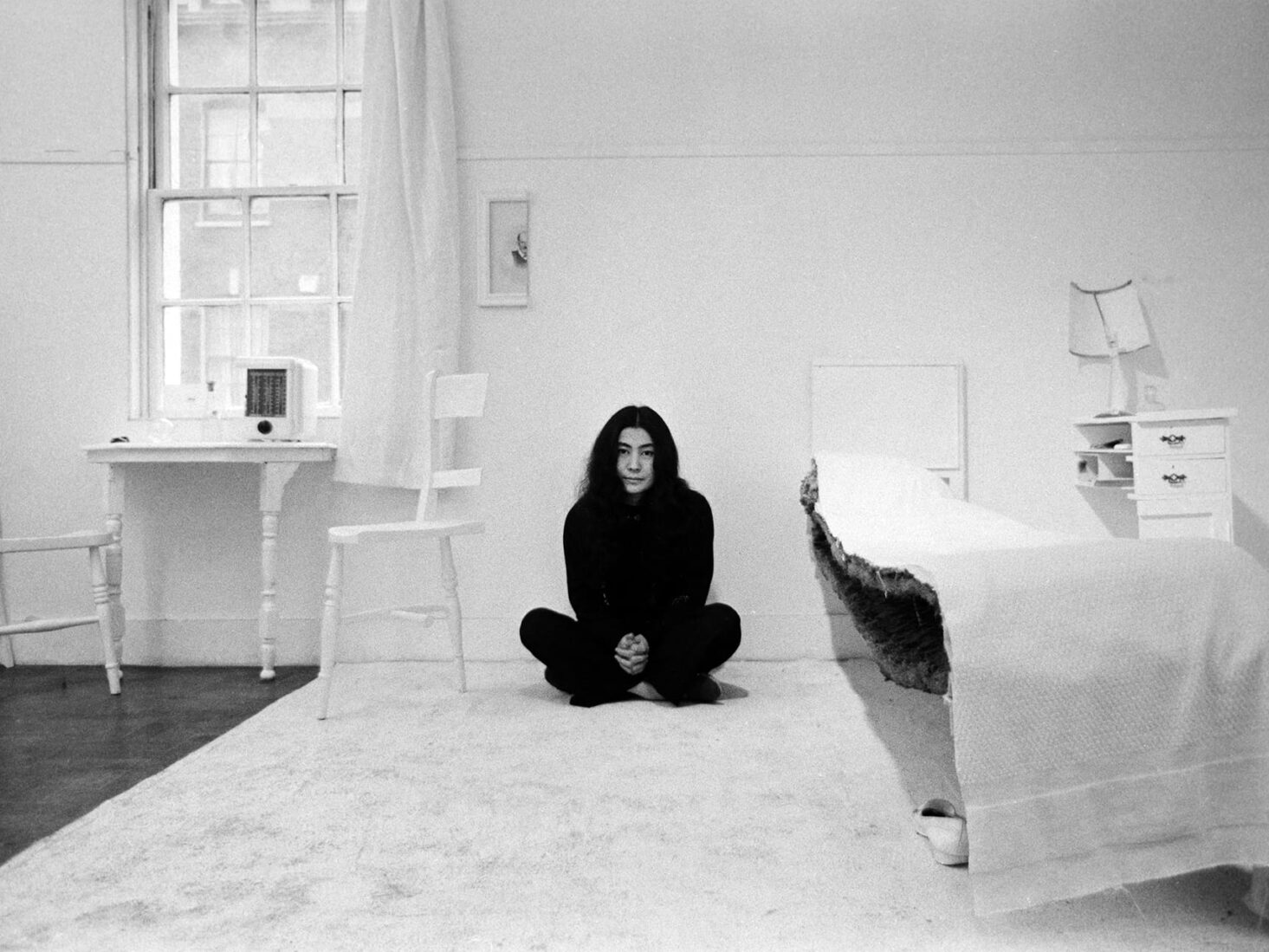
Bottom draw: Yoko Ono and the making of the controversial Film No. 4
The Tate Modern’s Yoko Ono exhibition offers a rare chance to view the controversial film that, before she met John Lennon, made her the bete noire of the Swinging Sixties London art scene
A night out at the UFO Club in Covent Garden (the UFO standing for Ultimate Freak Out) in the early months of 1967 would usually involve being audibly assaulted by the waves of sonic-noise created by the house band, who squeezed their equipment down the narrow stairs and into the jet black cellar space: a little known outfit from Cambridge called Pink Floyd. The club also managed to squeeze four minuscule scaffold stages into its bijou confines. Nobody is quite sure of the exact night when a young Japanese artist, Yoko Ono, clambered the rigging of one of them with a microphone and made a request. But the results of her call for volunteers ended with one banned movie, myriad newspaper headlines and, eventually, a divorced Beatle.
The making of Film No. 4
Yoko Ono had arrived in London, straight from the avant-garde art scene of New York’s Greenwich Village with her husband, fellow artist Tony Cox, the previous year. Quickly zoning in on the countercultural scene that was burgeoning around the Indica Gallery in Masons Yard, St James’s and the UFO Club – both being regularly patronised by members of the Fab Four – it was only a matter of time before the Japanese émigré collided with a Beatle or two.
But before all that came 1966’s Film No. 4: the working title of a new movie that Ono needed willing supplicants for. Those who heeded Ono’s request at the UFO Club soon found themselves riding in a van that took them from the cellar club to the Mayfair home of Victor Musgrave, a poet, chess master and therapist.

He or she would be ushered into a little dressing room and told to remove everything from the waist down. They would then be ushered into a small, cosy sitting room with a fire and silk screens. In the middle of the floor was a six-foot turntable. Surrounded by a white cloth, a flood lamp and a 16mm camera on a tripod, the volunteer would walk on a makeshift turntable (supported by an L-shaped armature to the front and behind the waist) while their rear end was filmed.
The final cut of the film was around 80 minutes long and shows nothing other than a series of close-up, 20-second long shots of different bottoms; ranging from the peachy to the corpulent. The idea behind (excuse the pun) the film was to show that it is impossible to recognise an individual’s celebrity by their bottom alone. Ono described the work as ‘an aimless petition signed by people with their anuses’.
Censorship and celebrity
Inevitably, the British Board Of Film Censors failed to recognise the wider artistic message of Film No. 4 and refused to grant it a licence to be screened. Enraged by what they saw as typically English prudishness, Ono and Cox arrived outside the BBFC offices to mount a protest – armed with bundles of daffodils. What they found when they arrived was a slew of TV and print journalists along with 17 police officers.
It was, as far as raising her profile went, a substantial breakthrough for Ono. That night, the London correspondent for Time magazine filed a story on the saga and, days later, the Greater London Council intervened and gave Ono and Cox a special licence to screen their film at the Jacey Tatler cinema on Charing Cross Road.
By this time the word had got out and Ono was becoming a tabloid sensation. The 11.30pm screening on 8 August 1967 was intended as a fundraiser for the ICA gallery on The Mall. In reality, it was a celeb fest with nobody on the counter-cultural London scene wanting to be left out of the nascent publicity machine that this energetic young artist was assembling around her.
Ono’s written score for her film came with the instruction to, ‘string bottoms together in place of signatures for petition of peace.’ But peace was manifested in the form of laughter from the English audiences who saw the film in its subsequent run at the Time cinema on Baker Street.
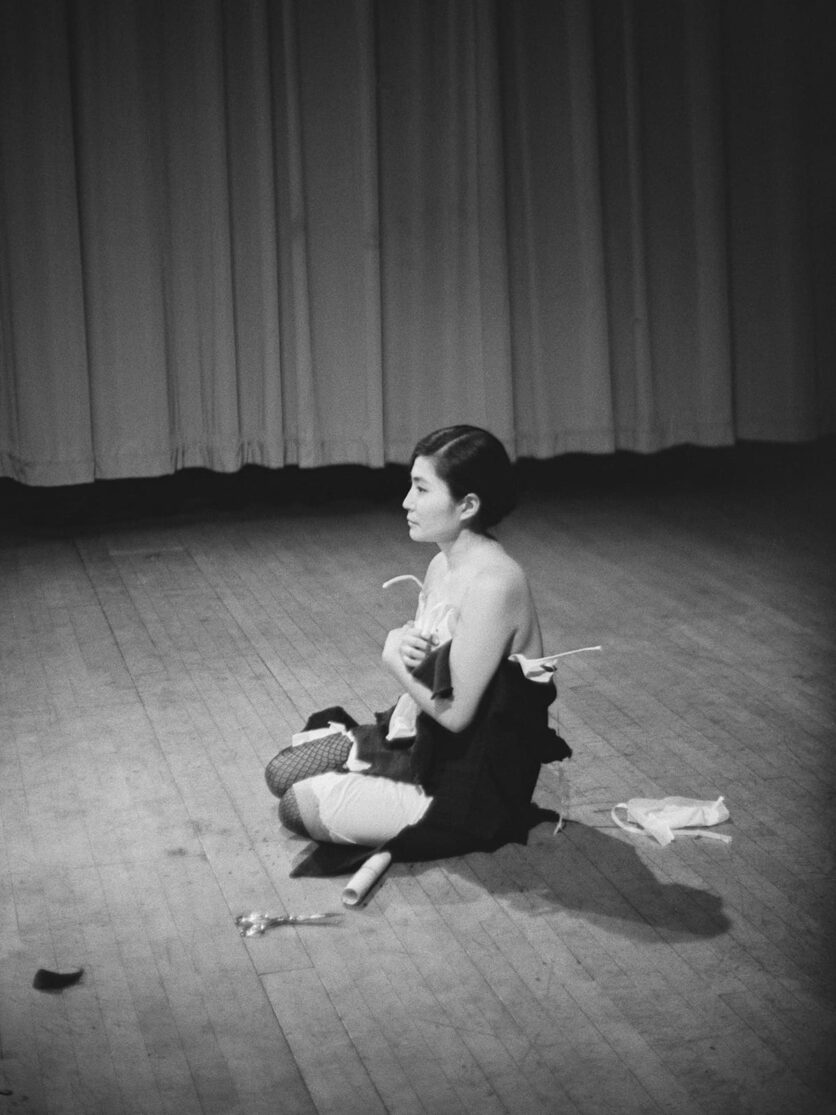
Panned by the critics, the movie’s political message was lost amid the sniggering. Few viewers noticed Ono’s desire to focus their attention on an oft-defenceless part of the anatomy. In the process, Ono had created a radical new celluloid space where the female gaze replaced a male one.
That same year, in the aftermath of Film No. 4 and with Ono in the fulcrum of the London art scene, she exhibited another show, Half A Wind, at the Lisson Gallery on Bell Street. It included an installation (also on show in the new Tate Modern exhibition), consisting of a room filled with sawn objects, including half a table, half a radio and half a chair.
By this point, John Lennon had come to the conclusion that Ono was, very possibly, the most enlightened and original artist working in the capital. His limousine was often seen waiting outside her and Cox’s flat as he visited the artist (seven years his senior) and, to Cox’s intense distress, began an affair which would lead to both of them divorcing their respective spouses.
One of Cox and Ono’s last public appearances together was in Belgium at another screening of Film No.4 at the end of 1967, where the ceremony was disrupted by fellow avant-garde artists storming the normally staid proceedings. Most of them were entirely naked.
Clearly Ono had started something that required bravery and courage but dispensed with the need for clothing. However, despite a closing caption to the film which read ‘To Be Continued’, Ono quickly turned down an offer from an American producer to make a sequel showing only breasts.
A lasting legacy
Ono would eventually embrace the giggles. The soundtrack to the film, complete with TV news clips from the era and interviews with both those whose bottoms were on display and those who refused to participate, help create a satisfyingly frank time capsule of the sounds and attitudes of London in the 1960s. Ono would go on to call those who did allow their backsides to be filmed “saints of our time” whose bravery showed that the Swinging Sixties was “not only the age of achievements, but of laughter.”
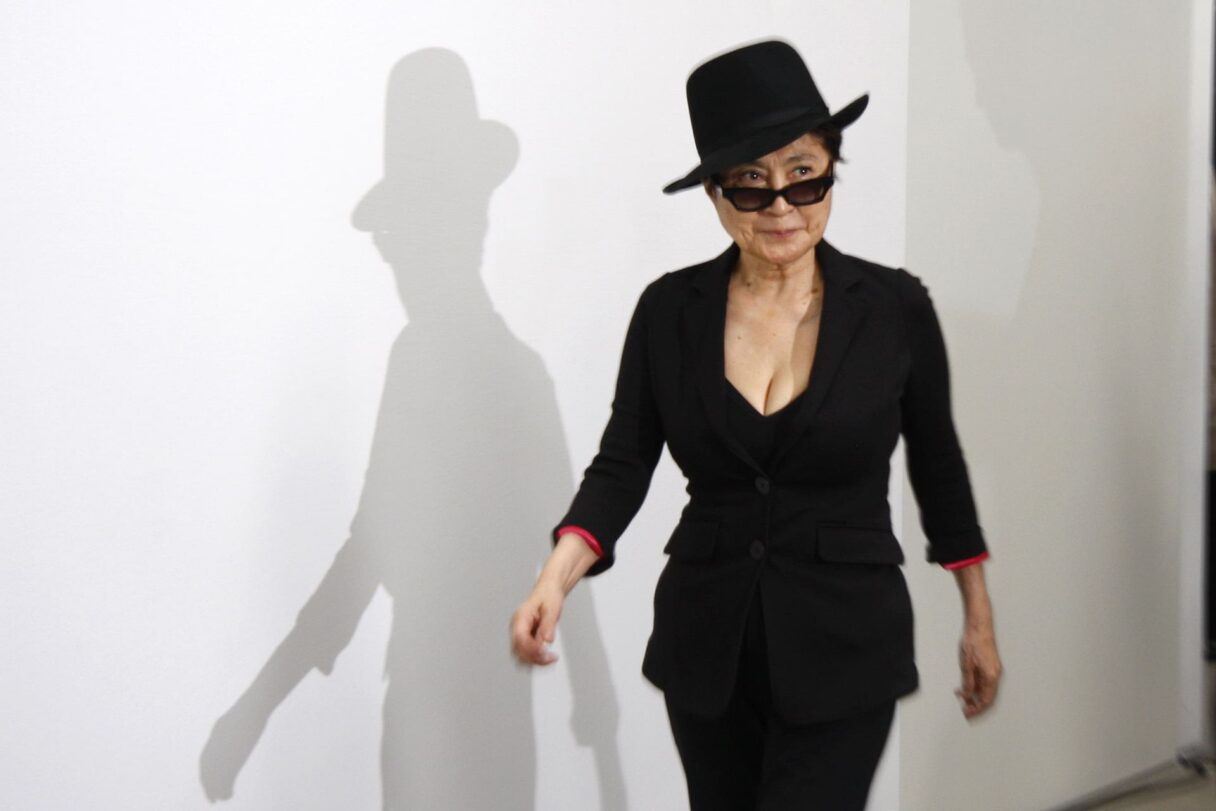
Ono’s ‘most meaningful meaningless film’ had, both personally and professionally, changed the trajectory of her life. And, in the process, it had changed that of the Beatles too. Perhaps most pertinently of all, it was one of the very first moments when avant-garde artists realised they need not stay buried in the intellectual shadows. For the first time since Marcel Duchamp put a urinal in an art gallery in France, radical ideas were being absorbed by the majority.
“For people to take clothes off and show their butt. I mean, that's not something that, you know, you can easily do,” Ono would conclude. “It wasn't just anybody… I thought this a way of a protest, a protest against all ills – but together. You know, 365 bottoms are going to, together, protest!”
Yoko Ono: Music Of The Mind, runs at the Tate Modern until 1 September 2024, visit tate.org.uk.
Read more: The true story of the rivalry between Christian Dior and Coco Chanel


